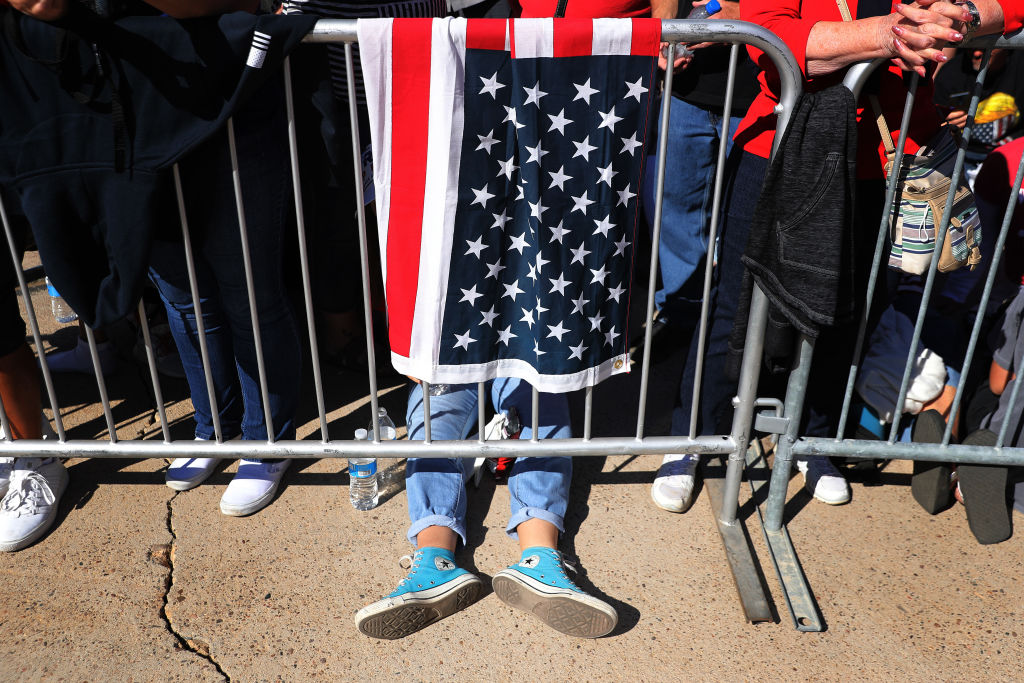As with most of the country, the economy in Minnesota has grown since the Great Recession ended – but at a slower pace than earlier in the recovery, and with benefits disproportionately flowing to those at the top. The state’s economy grew 20 percent from 2009 to 2018, just shy of the national average of 22 percent for that period, according to the D.C.-based Economic Policy Institute (EPI).
But some benefited from the post-recession growth more than others. The richest five percent saw their incomes rise by 17.6 percent during that period while the poorest 20 percent saw their incomes increase only 5.8 percent, according to EPI.
More current economic news has raised flags as well. In recent months Minnesota’s unemployment rate is bucking the national trend and inching up. For most of the recovery, the state’s unemployment rate was a steady one-to-two percentage points below the national average, but the U.S. and Minnesota lines appear as though they are about to cross on the chart, with the gap standing at a mere two-tenths of a percentage point. In no other state is the increase in unemployment as significant, leading one Minnesota manufacturer to tell the Wall Street Journal “everybody is having a WTF moment” trying to understand the mixed economic messages. (The state’s economy includes a blend of agriculture, finance, retail, and other business services, as well as manufacturing.)
That is not the only economic contradiction frustrating residents and policymakers. Minnesota’s overall poverty rate is lower than the nation’s. But by some metrics, racial disparities between whites and blacks in Minnesota are among the worst in the country – a phenomenon dubbed “the Minnesota paradox” by Samuel L. Myers Jr., director of the Roy Wilkins Center of Human Relations and Social Justice at the University of Minnesota.
The poverty rate (27.2 percent) for African Americans is almost four times the white poverty rate (7 percent) and the poverty rate for indigenous Minnesotans is even higher, at 33.8 percent. The poverty rate for Latinos is 18.7 percent, according to the most recent U.S. Census data. The state ranks toward the bottom in terms of racial equity in earnings (41st) and in unemployment (44th).
“We know that a history of discriminatory practices in access to opportunity, education, housing, and other policies, going back to our earliest days as a state, means that people of color face extra hurdles to economic opportunity,” writes Betsy Hammer, policy advocate for the Minnesota Budget Project.
Minnesota has also been called a “headquarters economy” because of the concentration of major companies like Target, Best Buy, 3M, and General Mills. This could provide an avenue for change as Dane Smith, a senior policy fellow at the Minnesota research and advocacy organization Growth & Justice, argues, as corporate leaders come to “the realization that widening inequalities are simply not good for business or communities.” Smith, writing in the Star Tribune last month, was responding to a statement issued by the Target Foundation warning that the costs of inequality in the Twin Cities region will grow absent intervention. Statements are one thing, and action another. Target has pledged to raise its minimum hourly wage to $15 per hour by the end of 2020, but some workers say their overall pay is not rising because their hours are being cut, according to reports by CNN and The Guardian.
Copyright Capital & Main





